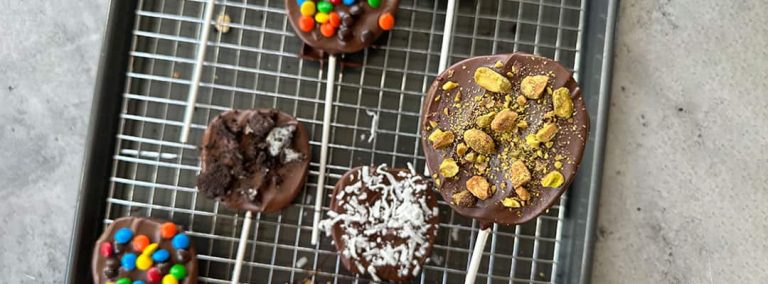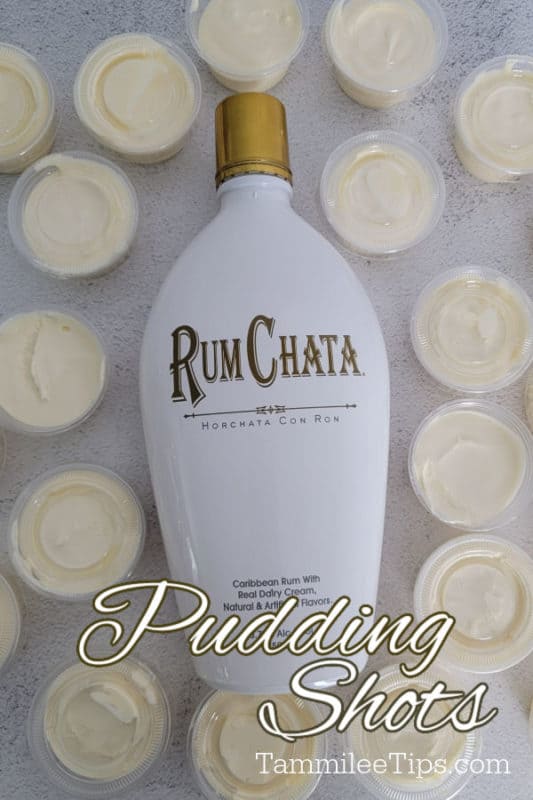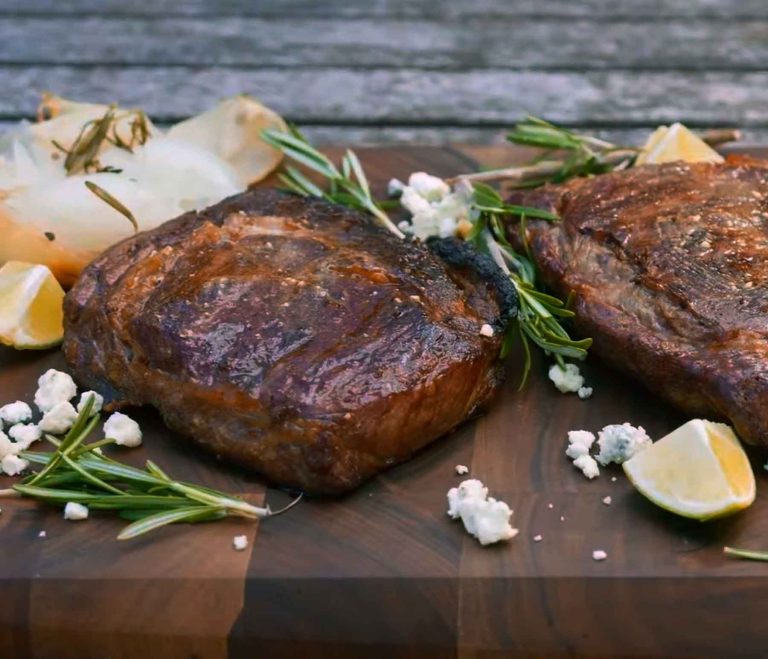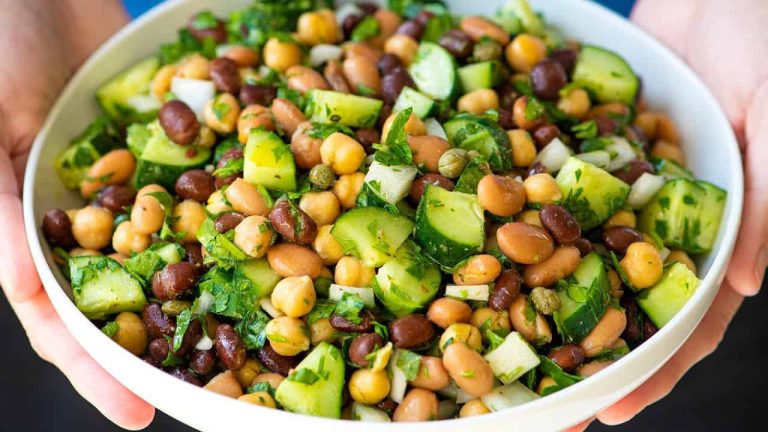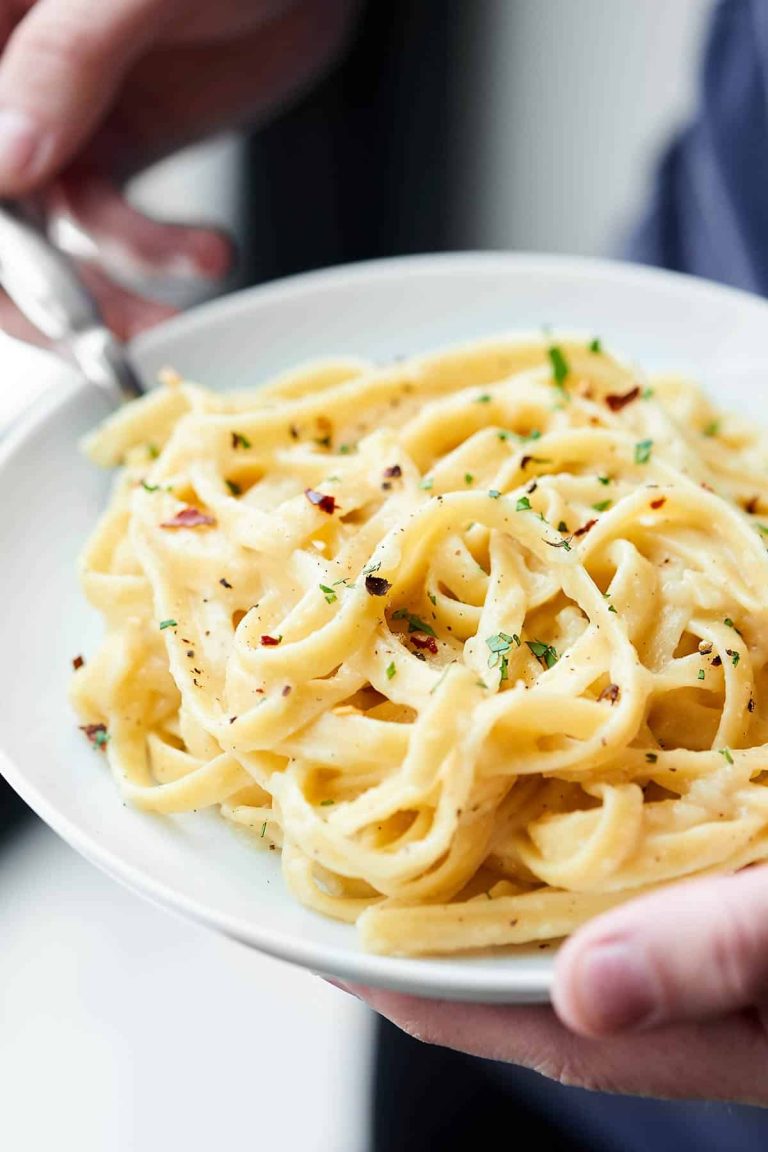Cross Rib Roast: Preparation, Cooking Tips, and Perfect Pairings
The cross rib roast, also known as a shoulder roast or chuck shoulder roast, comes from the shoulder area of the cow, specifically the chuck primal cut. It’s renowned for its balance of tenderness and rich, beefy flavor. The muscle fibers and marbling create a moist and juicy roast when cooked properly. Unlike the prime rib, the cross rib roast offers a more economical option while still delivering excellent taste and texture. Proper cooking methods, such as slow roasting or braising, enhance its natural flavors, making it a favorite for hearty meals.
Origin and Popularity
The cross rib roast’s origins trace back to traditional American butchery. Its popularity grew due to its affordability and flavor versatility. Historically, this cut provided a cost-effective way to enjoy a substantial, flavorful roast. Today, it remains popular among both home cooks and chefs for its ability to transform into a tender, delicious meal with minimal fuss. The cross rib roast’s adaptability to various seasonings and culinary techniques continues to make it a staple in diverse cuisines.
Choosing the Right Cross Rib Roast
Where to Buy Quality Meat
Source your cross rib roast from reputable butchers, grocery stores, or online meat retailers. Visit specialty butchers for personalized service and fresher cuts. Large grocery stores often provide good options but might lack tailored advice. Trusted online meat retailers offer convenience and detailed product descriptions. Always read reviews and ratings before purchasing online. Look for retailers or outlets with transparent sourcing practices and animal welfare standards.
Key Characteristics to Look For
Ensure your cross rib roast has a bright red color, indicating freshness. The marbling should be even, as intramuscular fat enhances flavor and tenderness. Choose roasts with a firm texture to avoid cuts that are soft or mushy. Look for a thick layer of fat on one side, known as the fat cap, which adds moisture and richness during cooking. Opt for a roast without excessive connective tissue, which can be tough. If possible, select USDA Prime or Choice grades for higher quality meat.
Preparation Tips for Cross Rib Roast
Marinating and Seasoning Ideas
Marinades enhance flavor. A basic marinade contains olive oil, garlic, rosemary, thyme, and salt. Combine these ingredients with a bit of lemon juice or vinegar for acidity. Let the cross rib roast sit in the marinade for at least 4 hours, ideally overnight, to absorb the flavors.
Dry rubs work well, too. Create a rub using kosher salt, black pepper, paprika, garlic powder, and onion powder. Apply the rub generously to coat the roast. Let the seasoned roast rest for at least 30 minutes before cooking, giving spices time to penetrate the meat.
Herbs add aromatic elements. Use fresh rosemary, thyme, or sage. These herbs pair harmoniously with the rich flavor of the cross rib roast. Chop them finely and press onto the meat surface.
Cooking Methods Explained
Oven roasting works best. Preheat your oven to 350°F. Sear the roast in a hot skillet, browning all sides to lock in juices. Transfer the meat to a roasting pan, then cook until the internal temperature reads 135°F for medium-rare.
Slow cooking produces tender results. Use a slow cooker with vegetables and broth. Set the cooker to low for 8 hours or high for 4-5 hours. This method breaks down the connective tissue, making the meat tender.
Grilling adds smoky flavors. Preheat the grill to medium-high. Sear the roast on all sides, then move to indirect heat. Cover the grill and cook for 1.5 to 2 hours, aiming for an internal temperature of 135°F.
Sous-vide retains moisture. Set the water bath to 135°F, seal the roast in a vacuum bag, and cook for 24-48 hours. Finish by searing the meat in a hot skillet for a crusty exterior.
Utilize these methods and ideas to make your cross rib roast a culinary success.
Cooking Time and Temperature Guidelines
Best Practices for Oven Roasting
To achieve a perfect cross rib roast, roast at 350°F. Cook the roast based on its weight and desired doneness. Use a meat thermometer to check the internal temperature.
- Rare (125°F): Takes roughly 15 minutes per pound.
- Medium Rare (135°F): Takes around 18 minutes per pound.
- Medium (145°F): Takes about 20 minutes per pound.
- Well Done (160°F): Takes approximately 25 minutes per pound.
Let the roast rest for 15 minutes before carving, allowing the juices to redistribute.
- Slow Cooking: Cook on low for 8-10 hours. Add vegetables like carrots, potatoes, and onions for additional flavor.
- Grilling: Sear on high heat for 4-5 minutes per side, then move to indirect heat and cook until the desired internal temperature is reached.
- Sous-Vide: Set at 135°F for medium-rare. Cook for 24-36 hours, then sear in a hot pan for 1-2 minutes per side to develop a crust.
These methods offer flexibility and can adapt to different schedules and preferences.
Serving and Pairing Suggestions
Recommended Side Dishes
Pair your cross rib roast with a mix of vegetables and starches to balance its rich flavor. Roasted root vegetables, such as carrots, parsnips, and potatoes, bring out the roast’s savory notes. Sautéed greens, like spinach or kale, add freshness and a slight bitterness, complementing the meat’s richness. Creamed spinach or Brussels sprouts with a touch of garlic and Parmesan provide a creamy contrast. For a starch, garlic mashed potatoes or a buttery polenta can enhance the meal with their smooth textures.
Wine Pairing Ideas
Choose a bold red wine to elevate the flavors of your cross rib roast. Cabernet Sauvignon offers robust tannins and dark fruit notes that match the beef’s depth. A Syrah or Shiraz provides a spicier profile, with pepper and berry undertones enhancing the meat’s seasoning. For a more balanced option, consider a Merlot with its soft tannins and medium body, which works well with roast beef’s moderate fat content. Each wine choice brings a unique element to your meal, making your dining experience more enjoyable.
Conclusion
Mastering the cross rib roast can elevate your culinary skills and impress your guests. With its rich flavor and versatility, this cut is perfect for any occasion. By selecting the right roast and following key preparation tips, you can achieve a delicious, tender meal. Experiment with various cooking methods to find what works best for you, and don’t forget to pair your roast with complementary side dishes and bold red wines. Embrace the journey of cooking cross rib roast and enjoy the rewarding experience it brings to your table.

